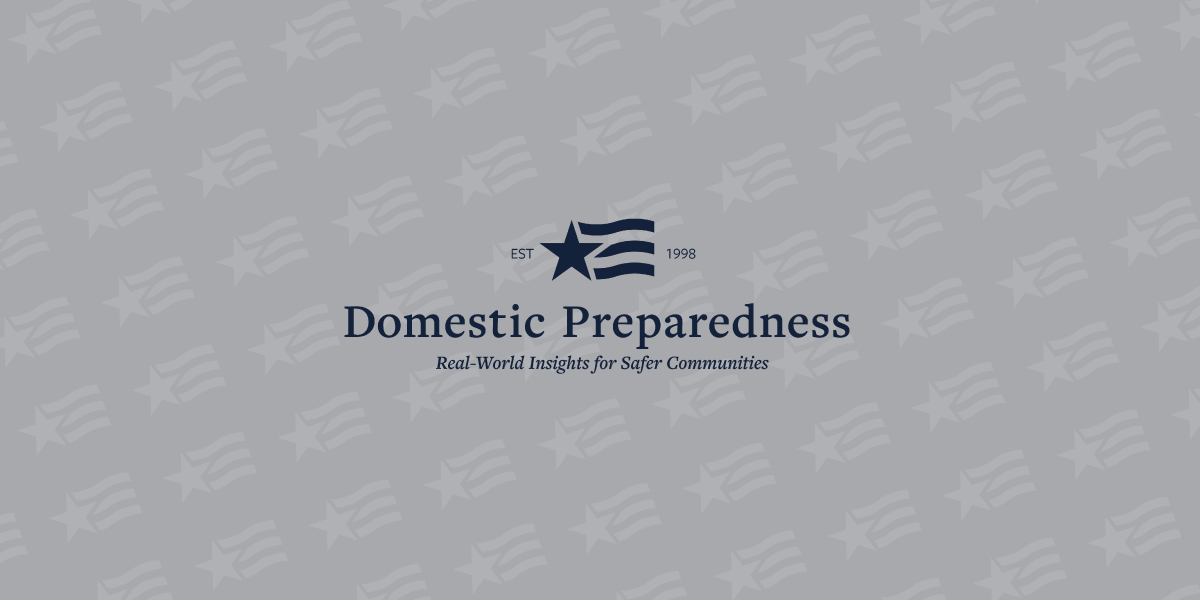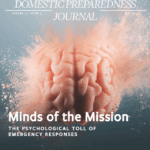Many communities – large and small – have recovered from disasters. Some have been successful, while others struggle to return. Disasters affect hundreds of communities nationwide every year and – at some point in time – each is confronted with the hard reality of recovering from a disaster. When the national attention and bright lights of the media fade, communities need to be prepared to recover.
Disaster recovery is a nonlinear process. Competing timelines, conflicting priorities, calls for swift and aggressive action, and the pressure to “return to normal” all present opportunities for missteps and misdirection. These stressors – and the difficulties addressing them – are not new. In fact, as identified by the 2016 National Preparedness Report (NPR), “states and territories continue to be more prepared to achieve their targets for Response core capabilities, while they are least prepared to meet their targets in the Recovery mission area.” Although national proficiency has proved elusive thus far, the strategies and individual skills required to facilitate a recovery operation were also flagged as gaps. Specifically, page 83 of the NPR states that, “core capabilities associated with recovery from disaster have consistently scored very low in proficiency for states and territories since 2012.”
Tackling community-level recovery planning following a disaster can prove daunting if attempted in isolation. As detailed in the National Disaster Recovery Framework, disaster recovery – as a planning process – must involve whole community engagement while maintaining unity of effort in defining and achieving desired outcomes. To implement these concepts, communication and translation are important to determine how and in what way the affected residents, businesses, and community members repair the destruction and collectively work to create a healthy, resilient, and sustainable future.
Disaster recovery is not simply a reconstitution of the buildings and thoroughfares that connect communities through infrastructure and commerce. Recovery is broader than that. It includes processes that support appropriate assessment or recalculation of risk, equitable and sustainable redevelopment, and an overall focus on supporting concepts contributing to positive community health outcomes.
As with preparedness and response, collaboration through a constellation of engaged partners to identify a common vision and establish ongoing communications is critical. An engaged partner is actively involved in the discussion and has a stake in the community outcome of a particular project or the overall recovery vision. This ability to find common ground among a diverse network is essential to equitable community recovery. In this process of engagement, identifying and demonstrating the value of collaboration to various partner groups is a necessary challenge to ensure commitment over a potentially extended time horizon.
How & Where to Start
Often, the perception about recovery is that these plans only exist or are only needed following a catastrophic emergency incident. In truth, elements of pre-disaster planning are connected to existing strategic visioning plans. A “Healthy Community 2020,” Community Comprehensive land-use plan and the like are pre-approved, senior leadership visioning documents that can provide a helpful foundation for the engagement of various partners. The Federal Emergency Management Agency (FEMA) has developed a toolkit resource to facilitate recovery-planning processes for the emergency management audience. In partnership with FEMA, the American Planning Association has similarly developed a comprehensive guide from the community planning perspective. The National Academies has also published an assessment report detailing the intersections of disaster recovery management, community planning, and health and social service systems. While this report is targeted at the health and service communities, there is value for planners and emergency managers in understanding methods, considerations, and opportunities for engaging these interconnected networks.
Each document targets a specific audience and presents a particular perspective, however, the overall themes, cross-referenced sources, and similar approaches among them demonstrate the connectivity between disciplines in supporting community recovery.
Recovery Partners
The set of partners engaged in the recovery process are necessarily different than those engaged in response. In reconstituting a community fabric, many different stakeholders will be consulted – program officers, engineers, community planners, community advocates, social service and healthcare organizations, to name a few. The inclusiveness sought during these planning meetings can borrow from the process utilized by Environmental Protection Agency for Superfund activities to support collective engagement and decision-making. Similar approaches in the FEMA Hazard Mitigation Grant Program demonstrate the importance of forming a multidisciplinary coalition.
The Importance of Health
Since health is an integral part of life, work, study, and play, it necessarily has a connection to the built environment. As the National Institute for Standards and Technology (NIST) Community Resilience Planning Guide identifies, buildings and infrastructure systems play a role in “the health and vitality of the social and economic fabric of the community” and also “in assuring those social functions resume when needed after a hazard event.” The National Academies report explains that poor pre-disaster community and individual health conditions may contribute to an elevated overall future social or economic expense to the community. The NPR also identifies on page 84 that states and territories “in their annual preparedness self-assessments . . .identified ‘determining health and social needs’ as their largest gap area in the Health and Social Services core capability, selecting the gap for 59 percent of responses.”
The Role of Emergency Managers
Finally, the communities served and the leadership supported will continue to look to emergency managers for their knowledge and expertise to marshal appropriate resources to navigate the rough seas of a crisis. Once the acute threat has subsided, future uncertainty and resource availability could become a painful pressure point. Although emergency managers are often not in the lead recovery role, the subsequent supportive resources intended to mitigate future risk or reconstitute damaged infrastructure can serve a further coordination function for other government, nongovernment, and private sector actions. Communication, collaboration, flexibility, resilient planning, leadership, and unity are fundamental traits of an emergency manager and key to this process.
In closing, disaster recovery planning demonstrates the complexities and interrelated nature of various communities. No sector exists by itself. Navigating such an environment is a natural skill for the emergency management community. As such, tackling these challenges can and should be part of a collective pre-disaster planning process whereby partners across disciplines are engaged and committed to work toward a shared vision of creating a healthy, resilient, and sustainable community every day – especially after the worst day.

Natalie N. Grant
Natalie N. Grant works for the U.S. Department of Health and Human Services (HHS) Assistant Secretary for Preparedness and Response (ASPR) as a program analyst within the Division of Recovery. She has served as the health and social services recovery field coordinator for federal interagency coordination following Hurricane Sandy from 2012 to 2016 and other emergency incidents within HHS Regions 1, 2, 5, and 10. Prior to her federal role, she served as director of the Office of Public Health Preparedness at Boston Emergency Medical Services (BEMS). She was chief emergency planner for public health and medical matters, oversaw all programmatic activities associated with implementation of the Public Health Emergency Preparedness Cooperative Agreement (PHEP) and the Medical Reserve Corps (MRC), while collaborating closely with the Hospital Preparedness Program (HPP) through a partnership with the Conference of Boston Teaching Hospitals (COBTH) and the Massachusetts League of Community Health Centers. She also worked at the Miami-Dade County Office of Emergency Management and in close partnership with colleagues at Miami-Dade Fire Rescue, where she facilitated the Miami-Dade County ESF-8 response to natural hazards, utility failures, and civil disturbances. Originally from Homestead, Florida, she received her MPH in International Health from Boston University and AB in Biology from Harvard College.
- This author does not have any more posts.






